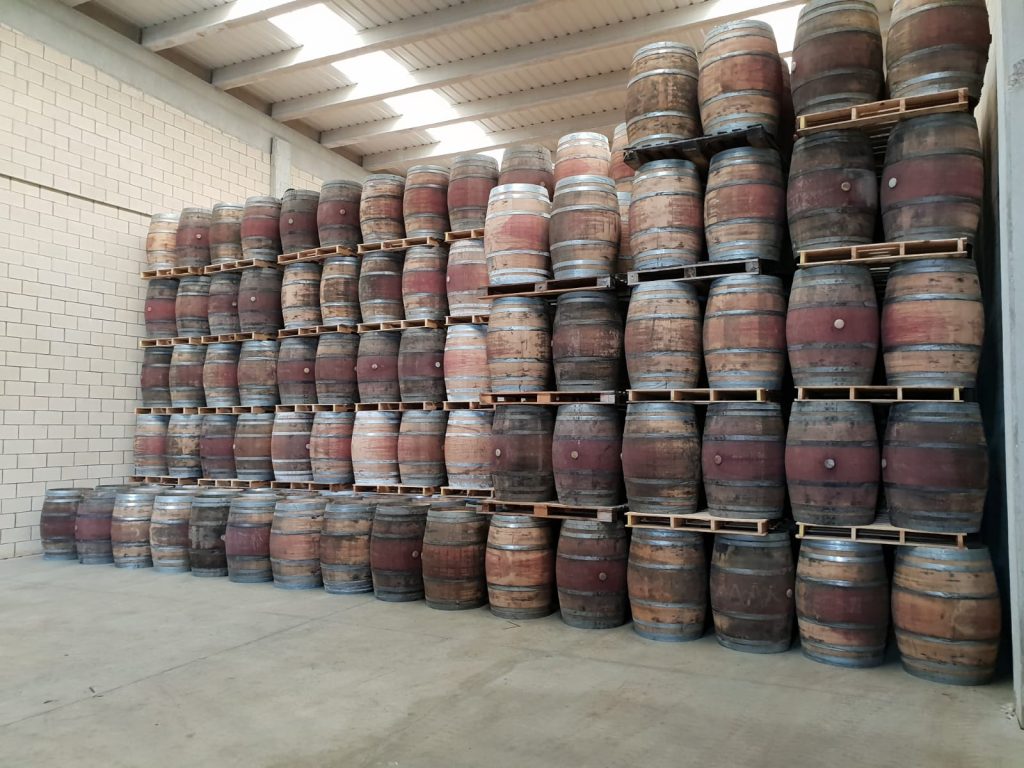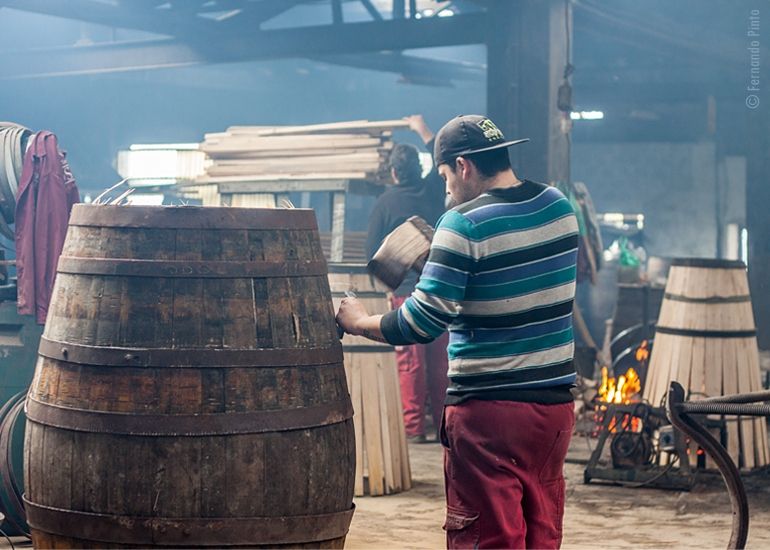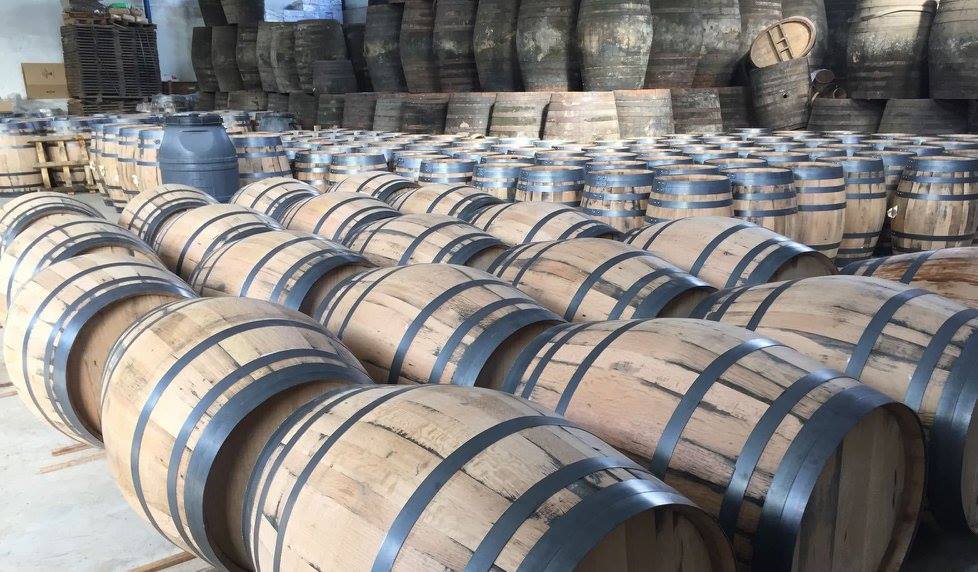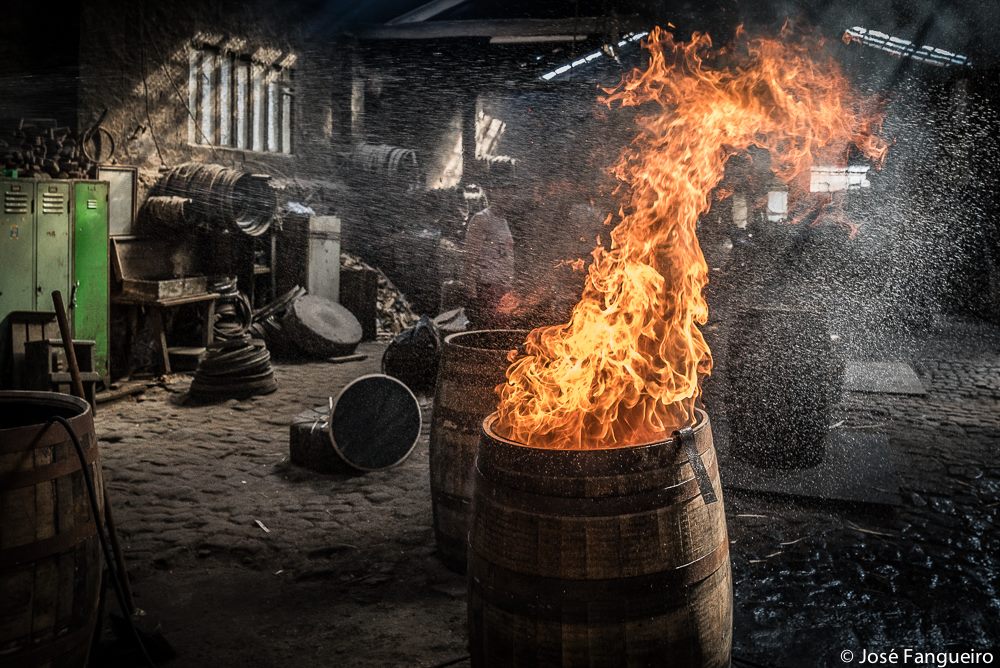The rules governing whisky production round the world are generally pretty byzantine and the regulations regarding what kind of barrels can be used in different countries is just one example. Here we will look at some of the rules and traditions regarding used barrels for whisky production.
In some countries (Ireland and Scotland for example) the rules is only that whisk(e)y must be aged for at least 3 years in a wooden barrel, but the nature of the barrel is not specified (in reality pretty much all Scotch and Irish whiskey is aged in used barrels, originally because it was cheaper, but now because it is part of the tradition). In the US, the rules specify that bourbon can only be aged in charred new oak barrels. The end result of this is that Scotch Whisky producers buy an enormous number of used bourbon barrels with around 90% of Scotch being produced in this way and most of the remainder coming from used sherry barrels.
Things start to get even more complex with some whiskies being aged in one kind of barrel and the ‘finished’ in another. This is where used port wine barrels (also known as ‘pipas’ in Portuguese or ‘pipes’ in English) are generally used. The used port barrels can add a hint of sweetness and red fruits for example (in the case of ex Ruby port barrels) and nuttiness (with ex Tawny port barrels).
We actually supply used sherry, madeira and port barrels in sizes of 40 and 128 litre sizes as well as the standard 225 litre size, because some whisky brands are anxious to speed up the finishing process, but it looks like American bourbon regulations might be looking at tightening up the rules regarding both smaller barrels and using used barrels to finish a whisky. The suggested rule is that barrels will have to be at least 50 gallons in size and that any whisky finished in a used barrel will be classified as a ‘speciality spirit’ rather than bourbon.
Our largest customers for used barrels are of course the big distillers, but there are a growing number of craft distillers who are looking for used barrels (mainly used port barrels) as they look to stand out from the crowd with some original flavours. The real skill for the distiller is deciding how long they will age in conventional barrels and how long in a finishing barrel and these are generally closely guarded secrets. There is also the question of how many times a used port barrel can be used to finish a whisky.

In our new world of minimising waste and reusing where possible it is gratifying to know that the whisky business is setting a good example when it comes to barrels. We like to think we do our bit at LusoBarrel – we may make a barrel from virgin French oak to sell to a vineyard, which might get returned to us 10 years later, when we will refurbish it and sell it to a Port wine producer, who after another 10 years might return it to us again for another refurbishment before it is sold to a whisky distiller. With a bit of luck when the whisky distiller is finished with it, the barrel will then be re-sold one final time to make planters for someone’s patio.



